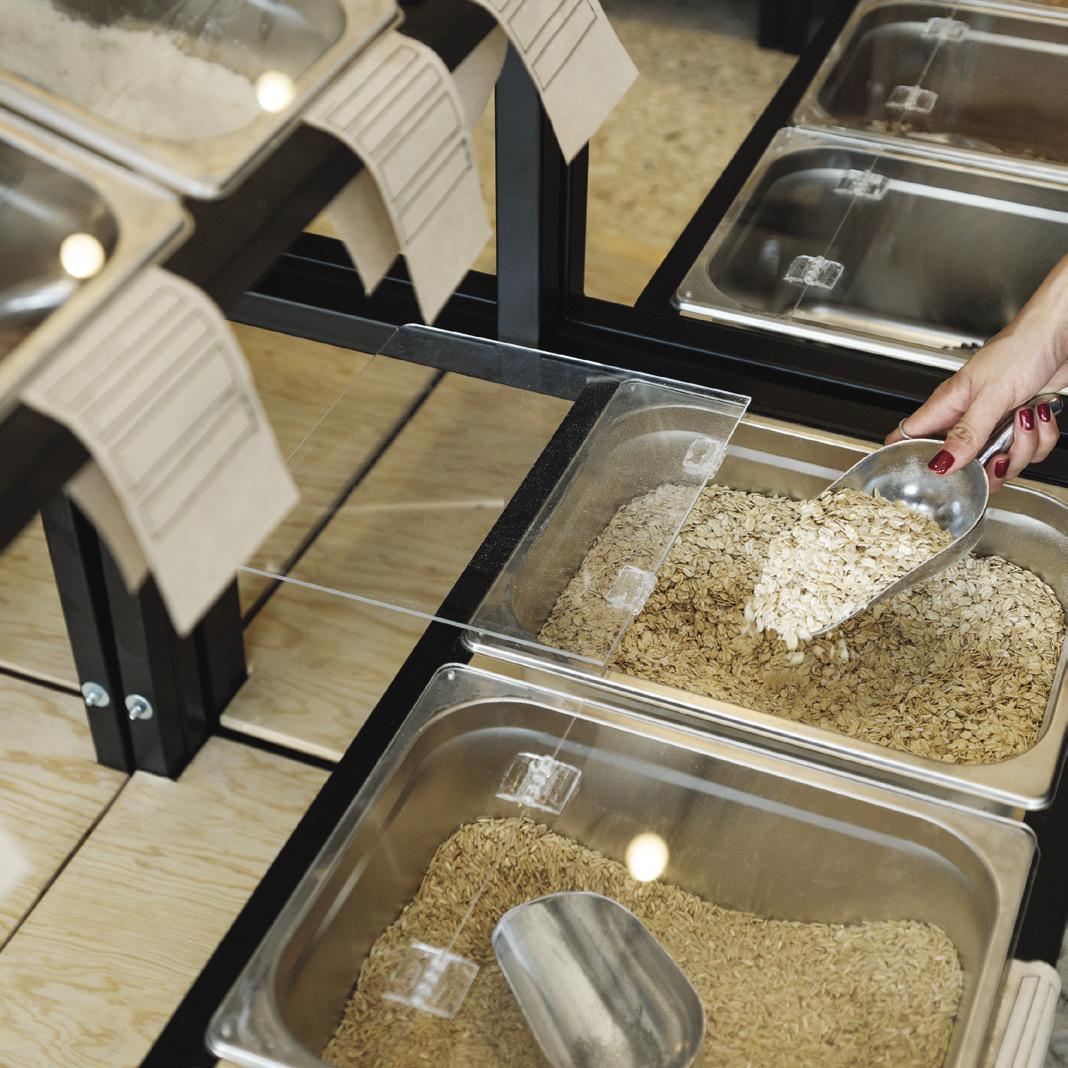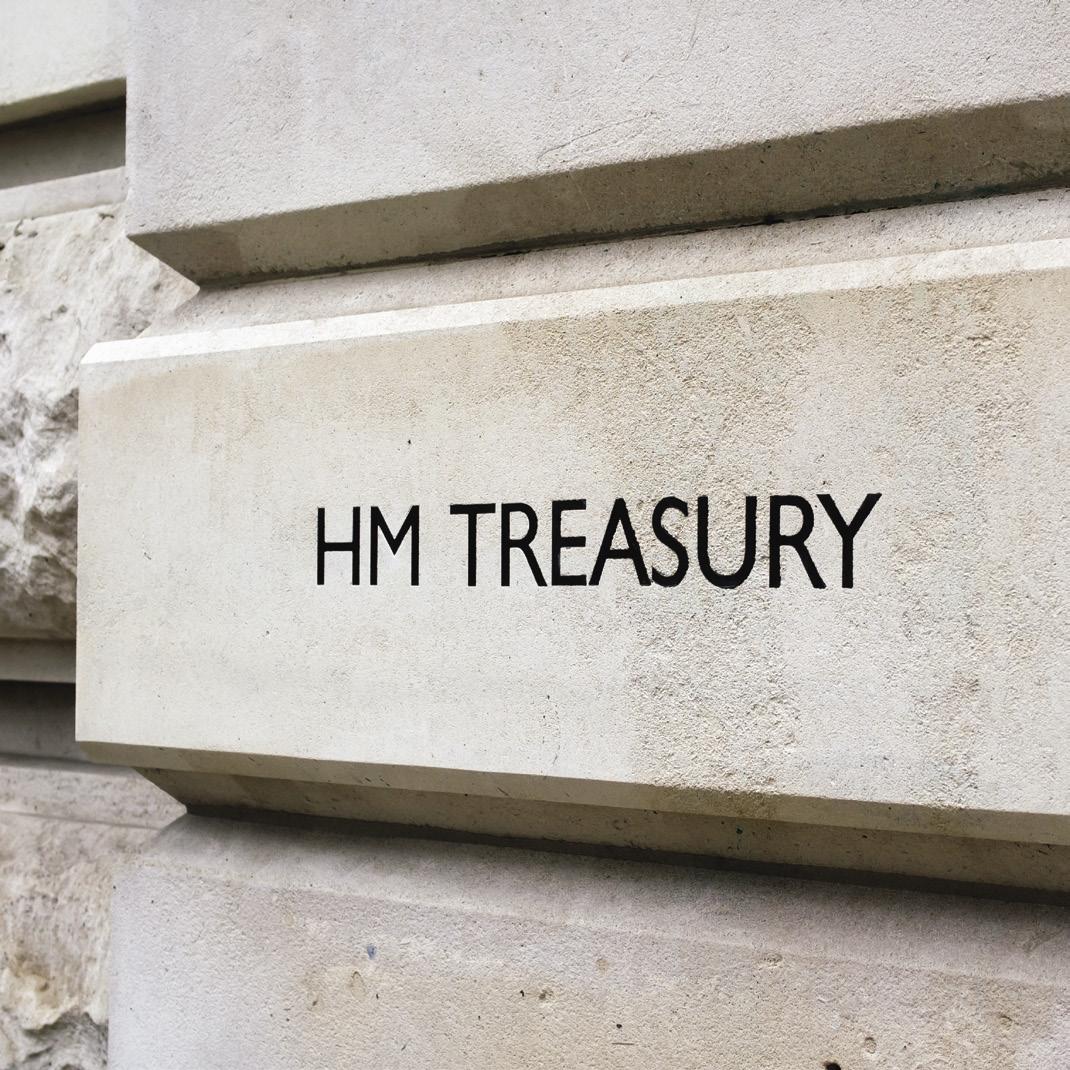
3 minute read
Infrastructure and incentives for reuse
from Fixing the system
Creating a more circular economy will require careful consideration and planning of the right infrastructure. 103 In this section, we examine the requirements for reuse systems for packaging. Such systems are already being promoted by many campaigners and investigated by many businesses. Along with government, they should consider the following principles to ensure success.
Advertisement
Making a success of reusables
According to the Ellen MacArthur Foundation, converting the need for 20 per cent of global disposable plastic packaging to reuse models instead is a $10 billion (£7.5 billion) business opportunity. 104 Small changes are occurring in some UK supermarkets, including Waitrose’s ‘Unpacked’ trials and other small scale initiatives allowing shoppers to reuse containers for fresh produce and at deli counters. 105 As they are rolled out more widely, systems for reusing packaging offer opportunities to reduce the quantity of materials used and their environmental impacts, but only if they are designed well and used as intended.
38 To avoid unintended consequences and ensure customer buy-in, we recommend the following factors are considered as new reuse systems are developed:
Get the delivery system right for each product In-store refill may work for products like dry, long lasting foods, but it is not suitable for everything. For short-lived products, like fresh fruit juices, either different delivery systems should be developed or refill should happen at the factory to ensure shelf life can be maintained and to avoid a rise in food waste and food safety issues. (Different systems for reuse and refillable packaging are described in annex three (page 54)).
Make it easy and attractive for consumers Previous studies have shown that shoppers are more likely to use refill options where the product is good value and creates less waste, and where dispensers are clean and easy to use. 106 Cost can play a role in making them more attractive, which is something being addressed by the supermarket chain Morrisons, where loose and refillable options are ten per cent cheaper than the packaged equivalent. 107
Prevent increases in material use The introduction of the UK’s single use carrier bag charge, has resulted in a perverse trend towards repeat purchasing of thicker ‘bags for life’. 108 Reusables could follow a similar path if, for example, consumers forget to bring their high quality reusable containers and end up buying multiple replacements. 109 Getting the container and product price right, and embedding the right incentives and behaviours, will be crucial. Systems should be carefully tested before widespread introduction.
Develop new information systems Some delivery models, like in-store refill, will require new ways of providing information on use by dates, cooking instructions or allergens. Legally required information might need to be included on labels attached to weighed containers, but digital technology could also play a role, eg using QR codes that can be scanned for more information.
Design all containers for recycling Guides on designing for recycling are common in the packaging sector, but these are so far focused on single use. If we are to move to reusable systems, end of life considerations should be factored in from the start. This means containers would ideally be designed for durability as well as eventual recycling. Silicone, for instance, is not currently recyclable, so its more widespread use could cause problems down the line.
Standardise across brands wherever possible To aid logistics and smooth operations around collection and sorting, reusable packaging designs should be standardised across brands and value chains, which could require an adjustment to relevant competition laws. Research indicates consumer frustration at incompatibility between refill systems. 110 Standardisation would facilitate shared logistics and cleaning facilities across brands, sectors or wider networks. These could theoretically be provided by third party packaging and service companies. 111








